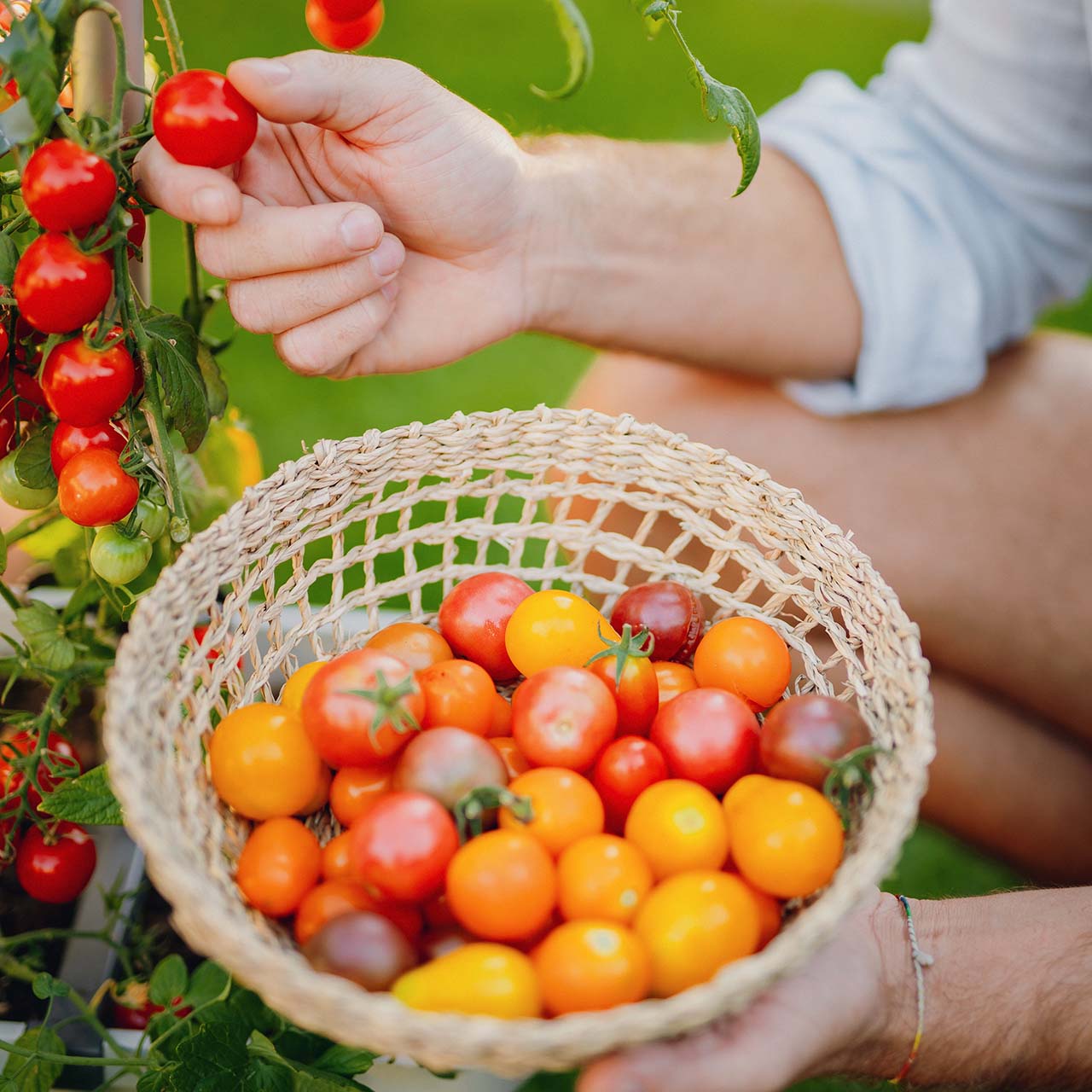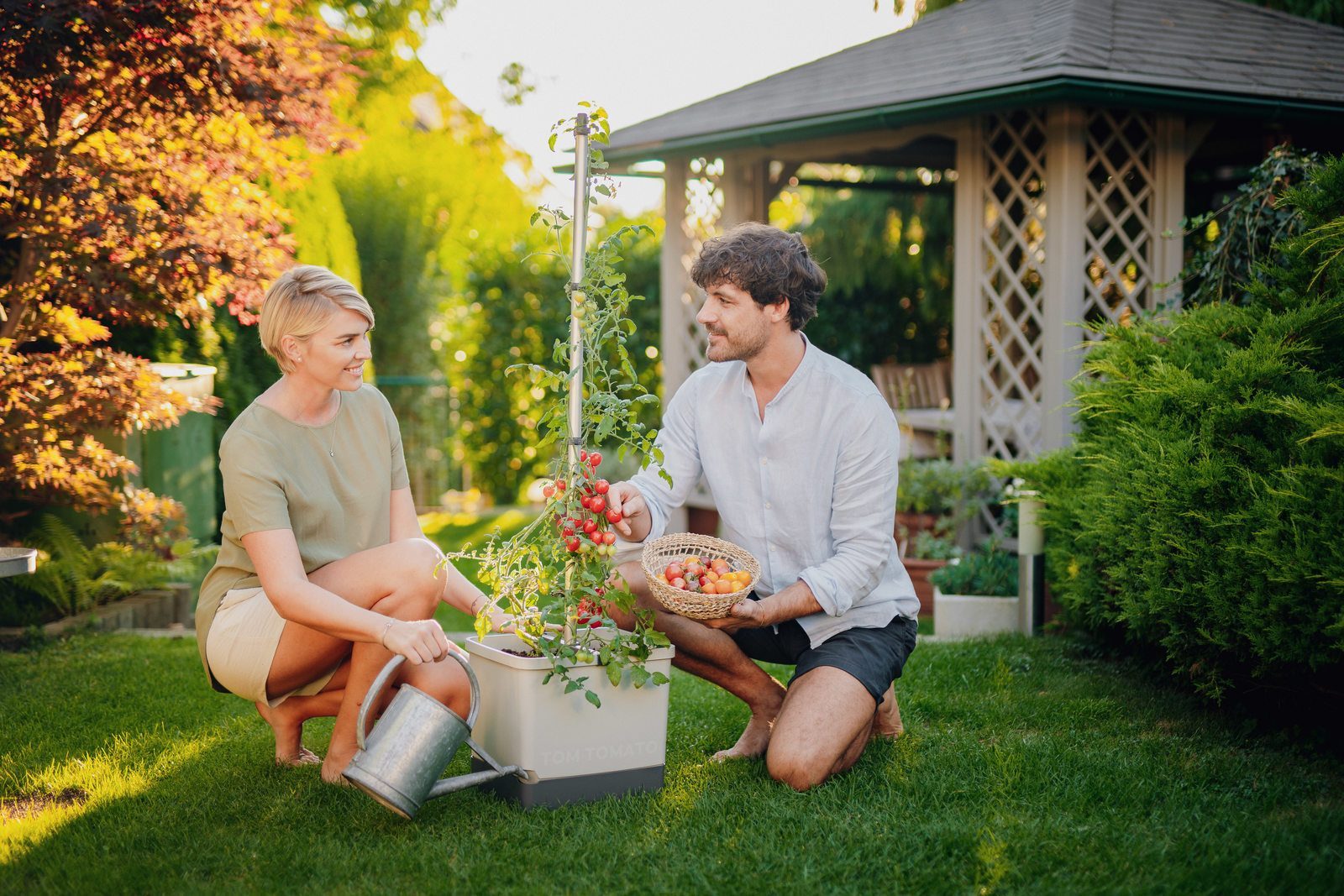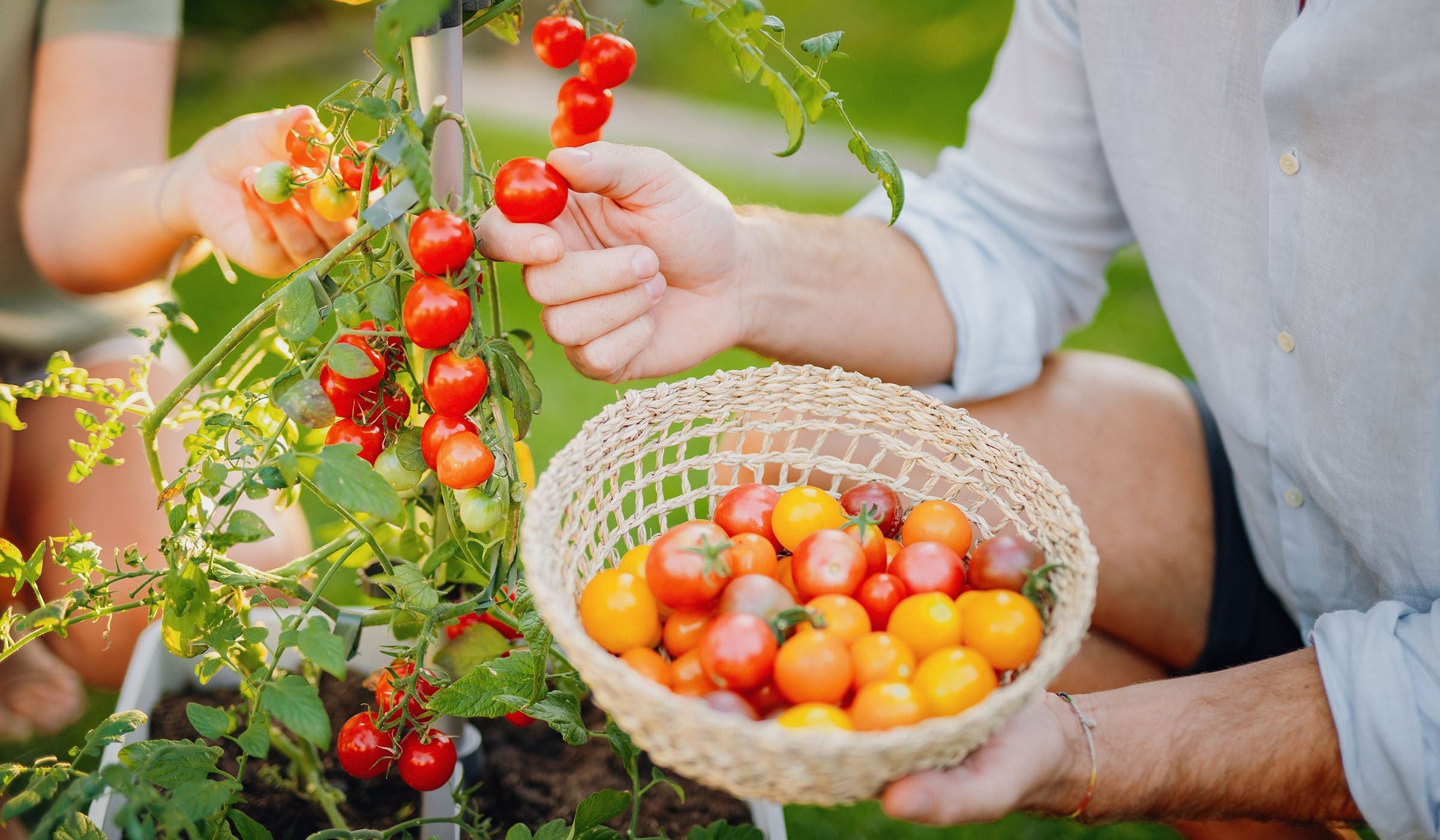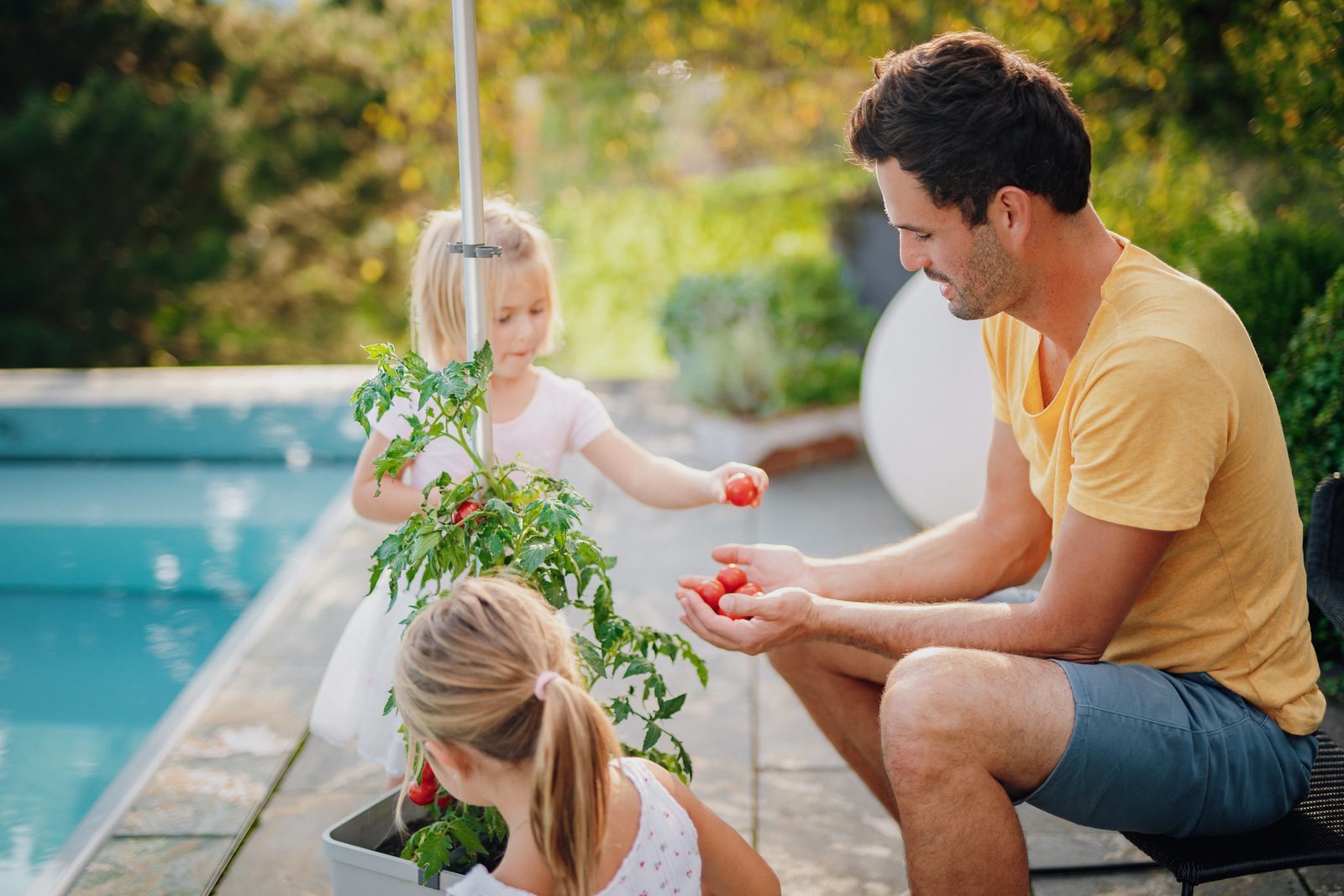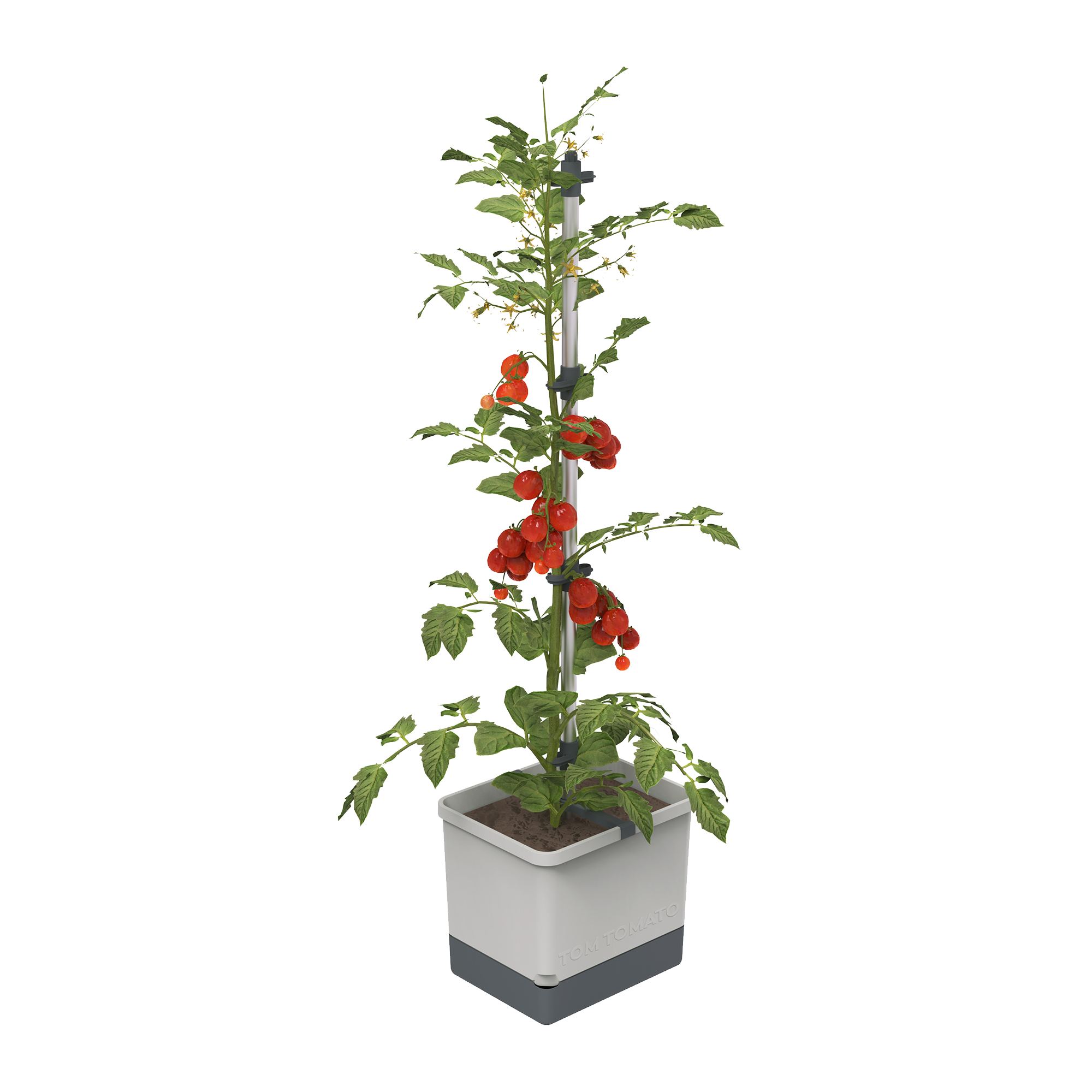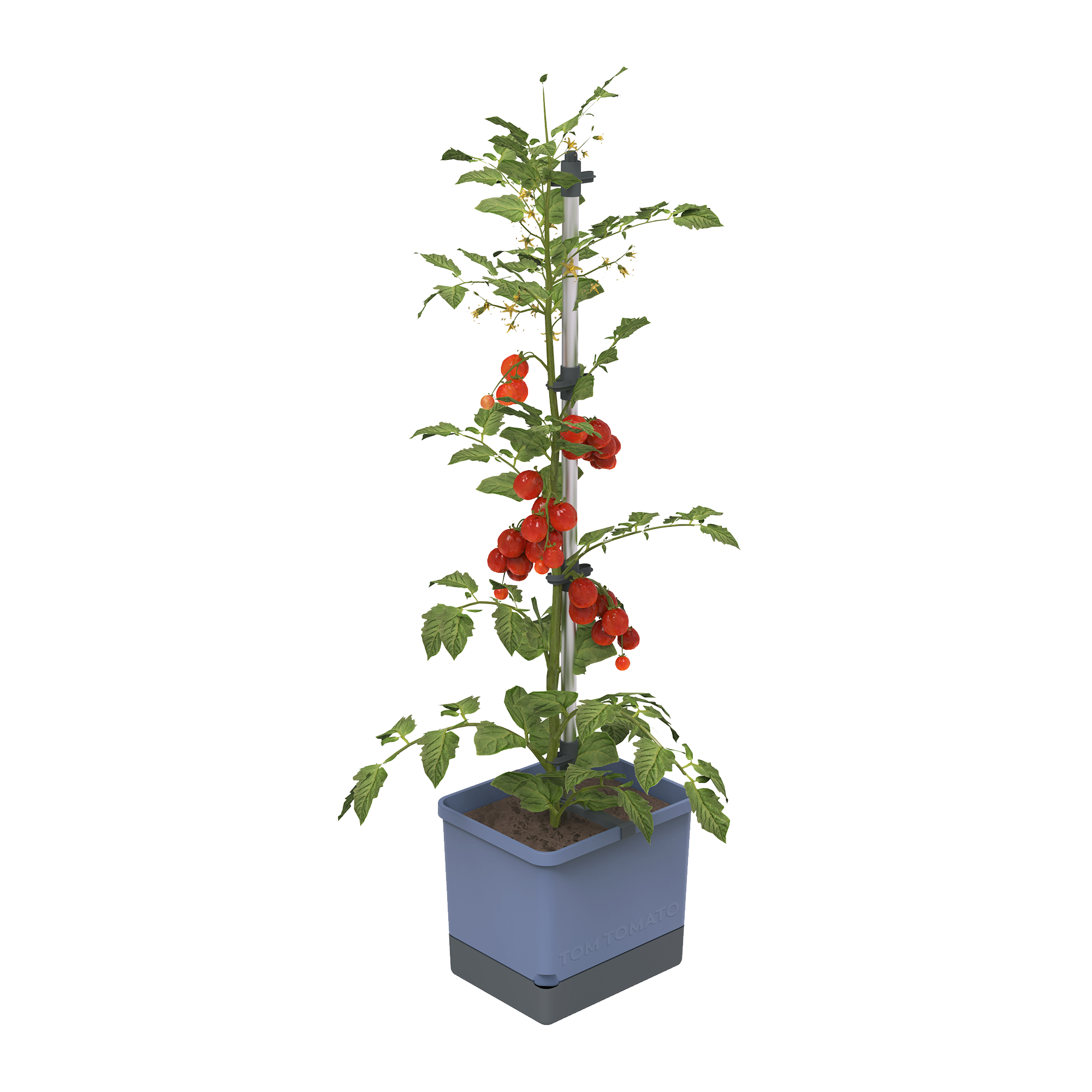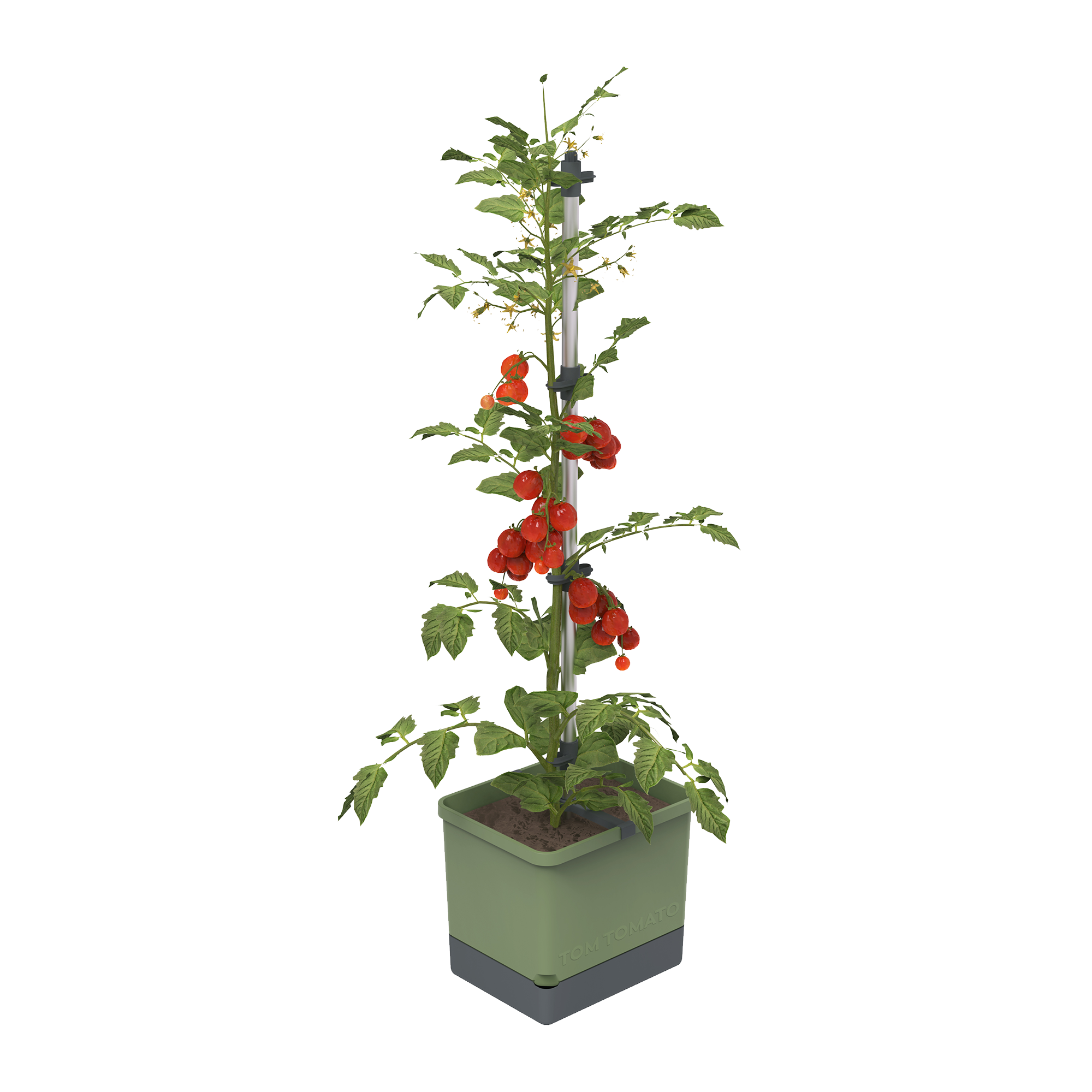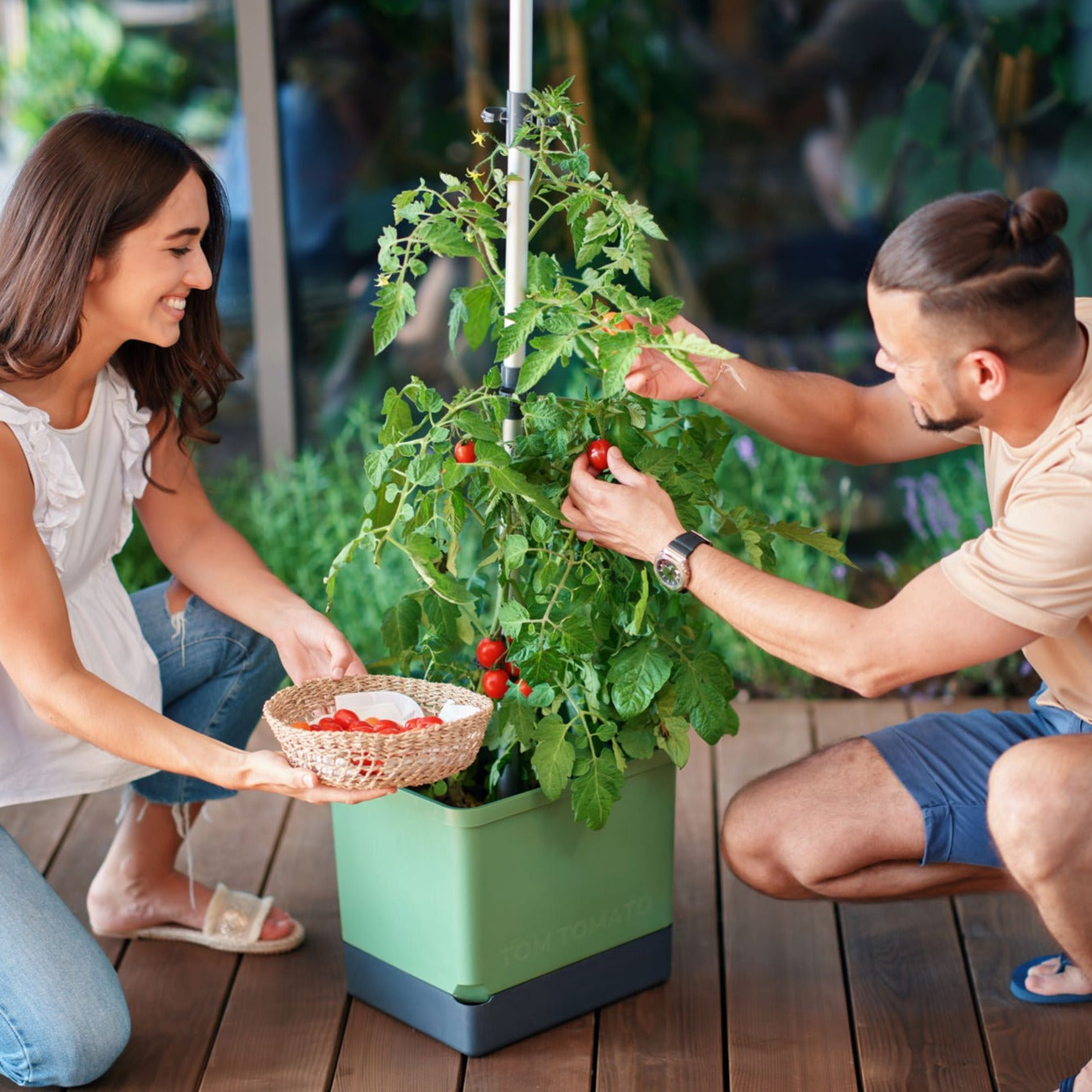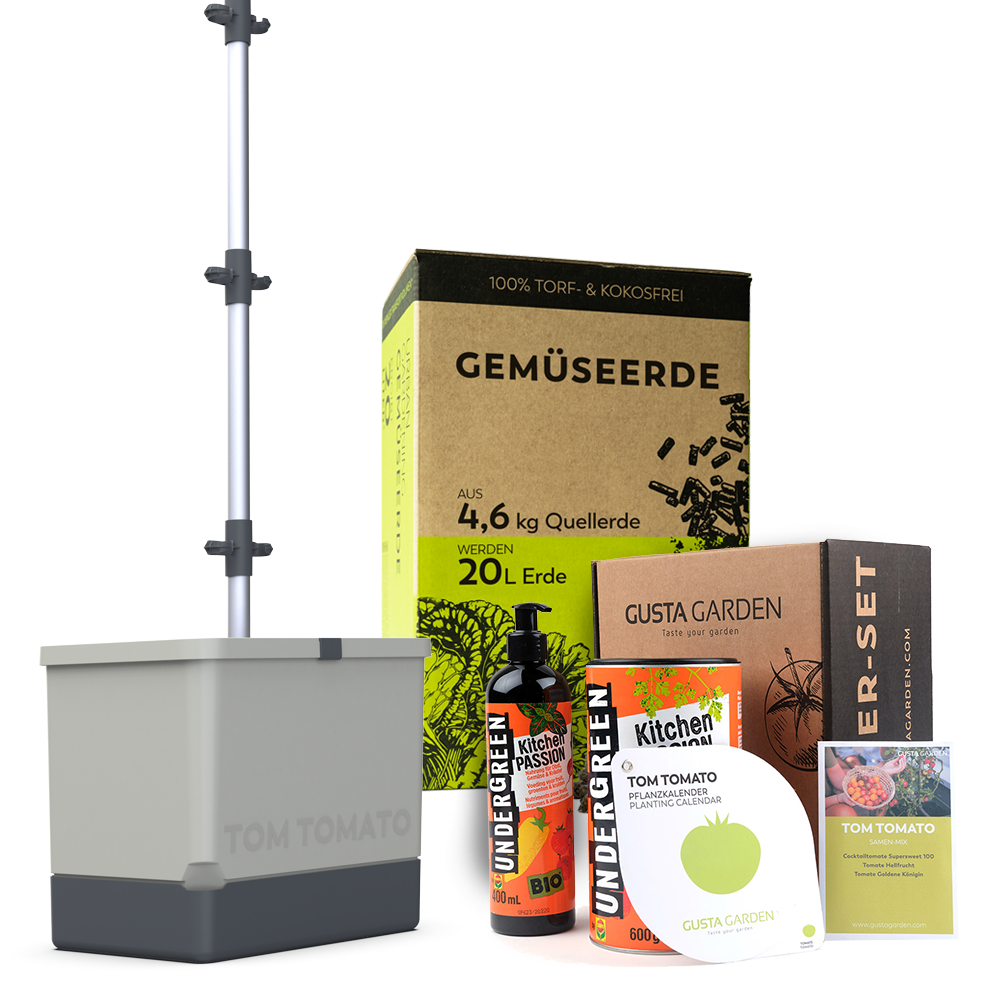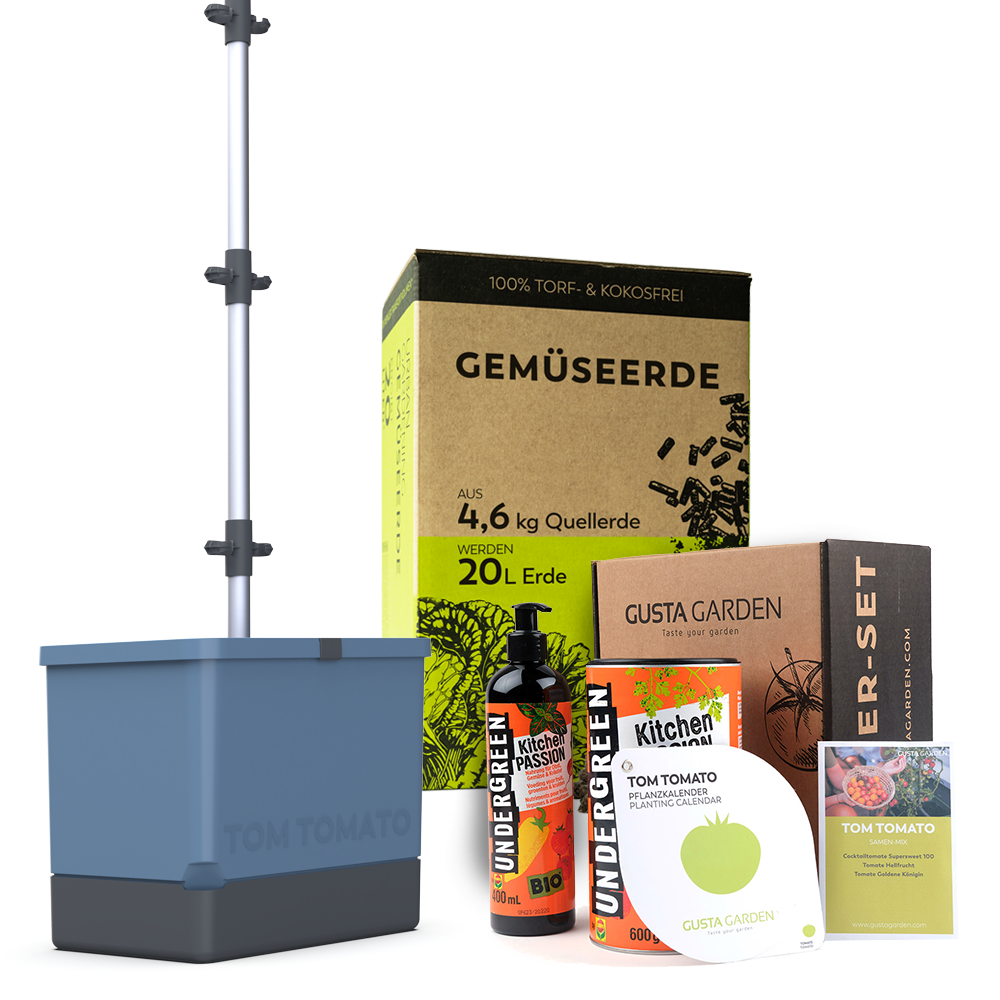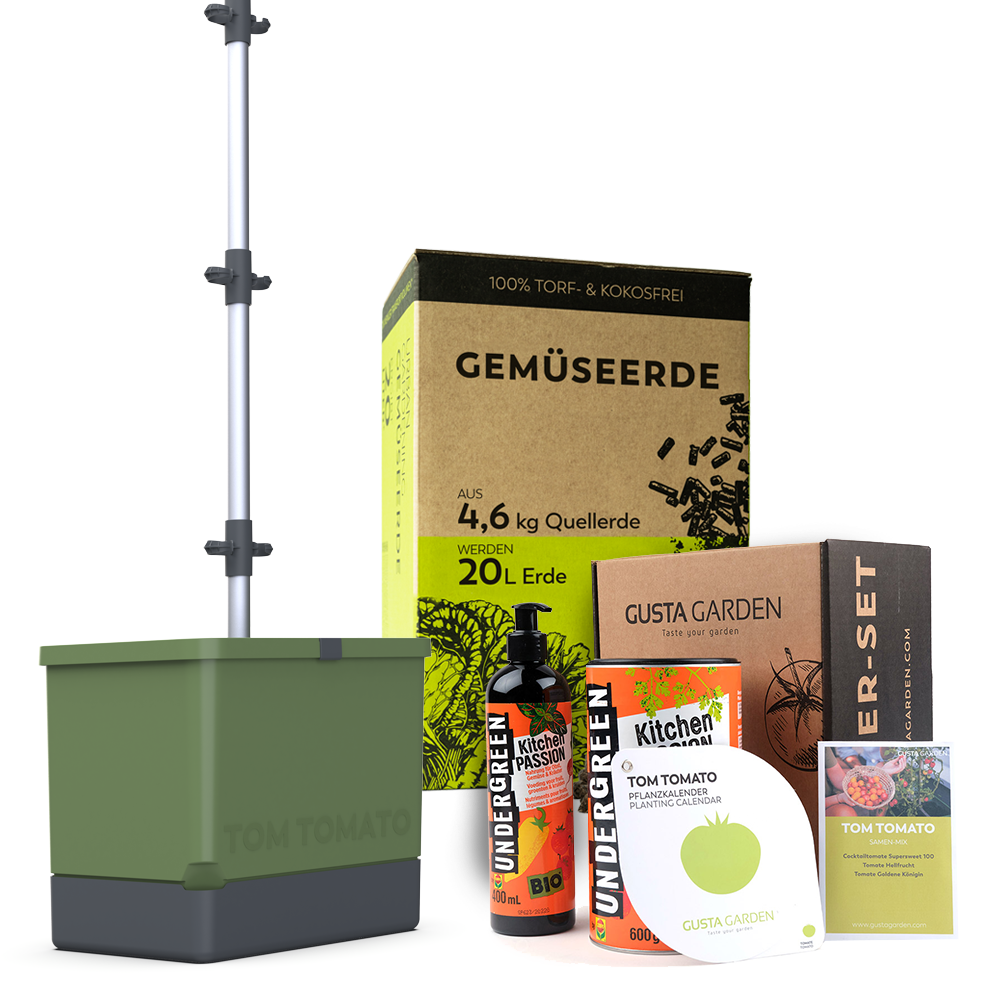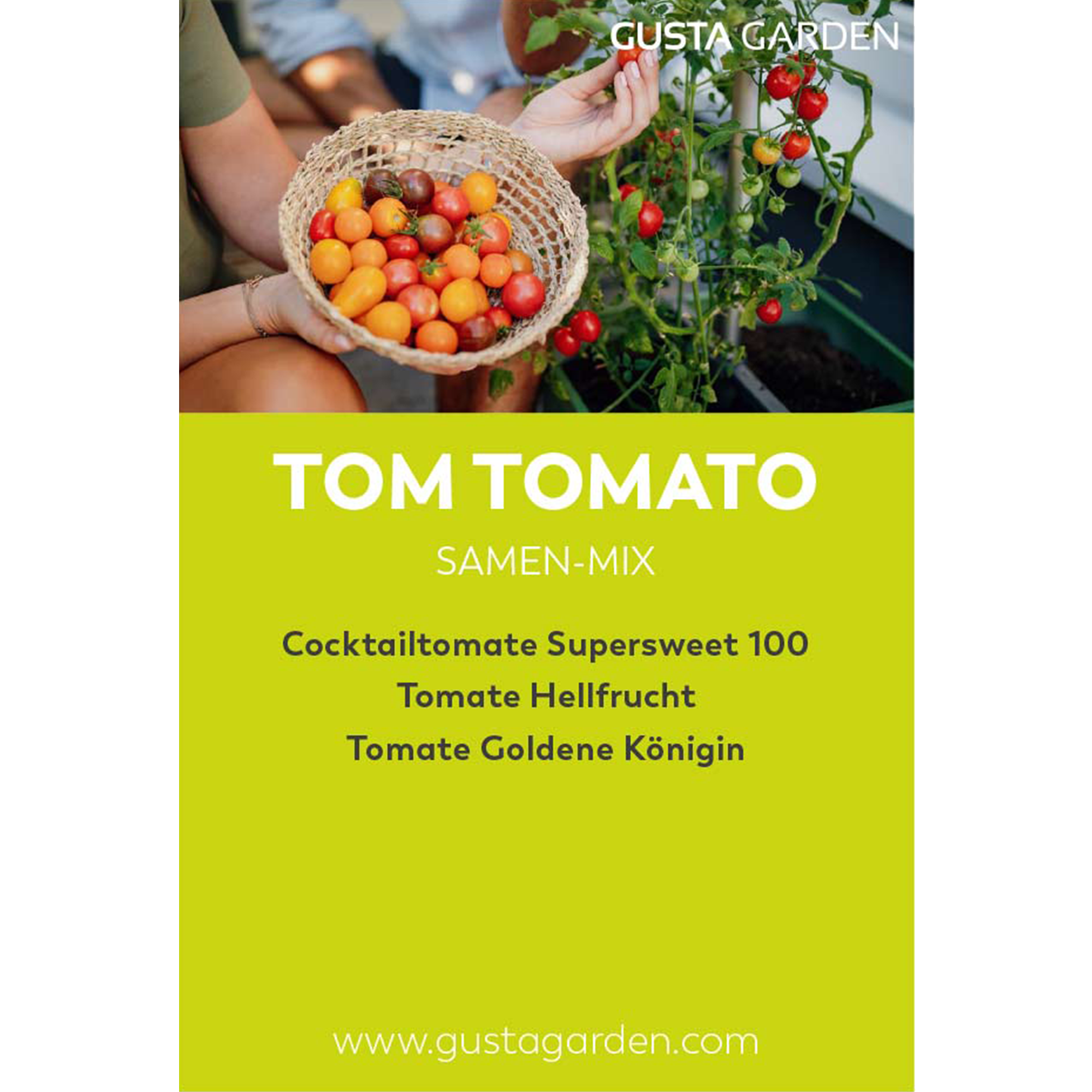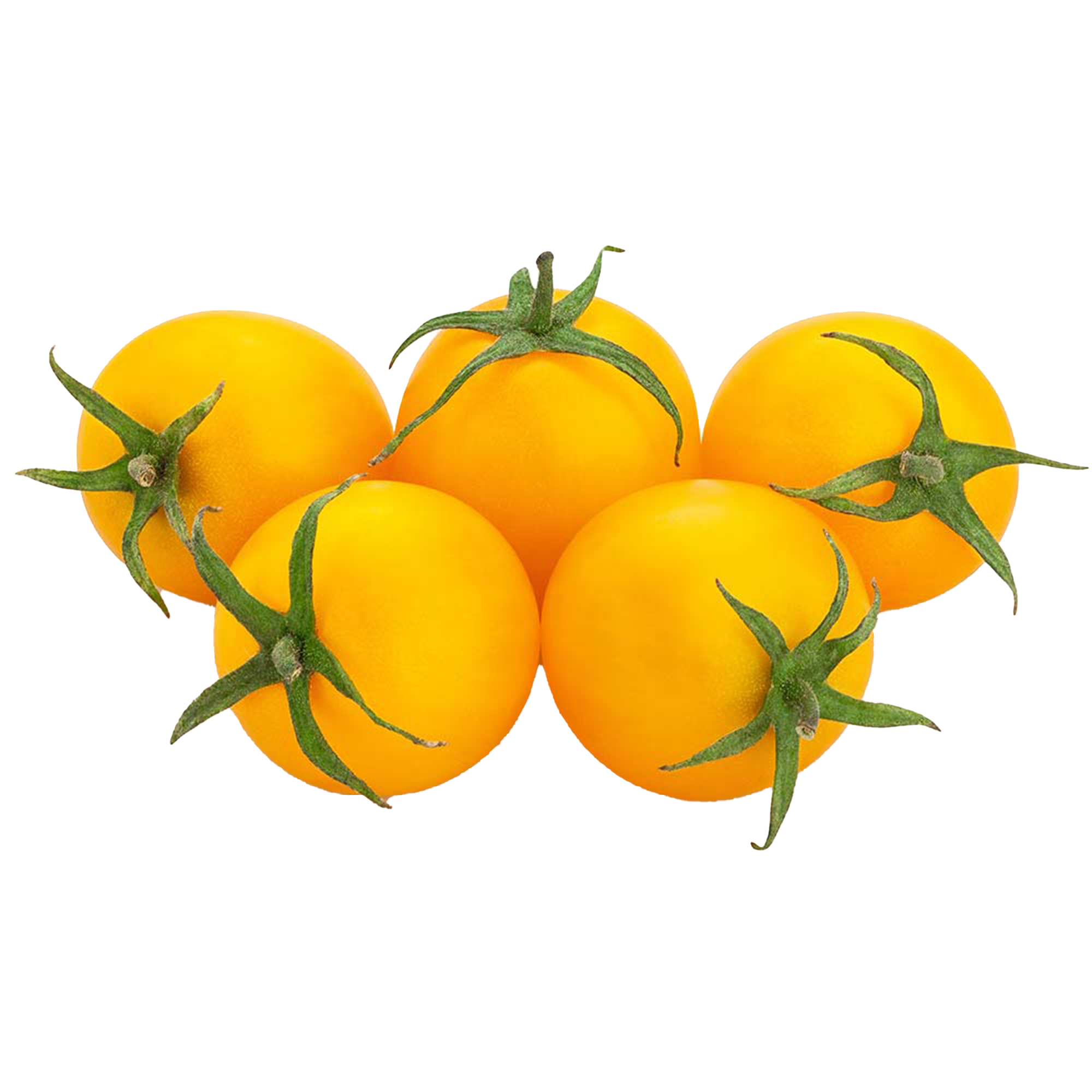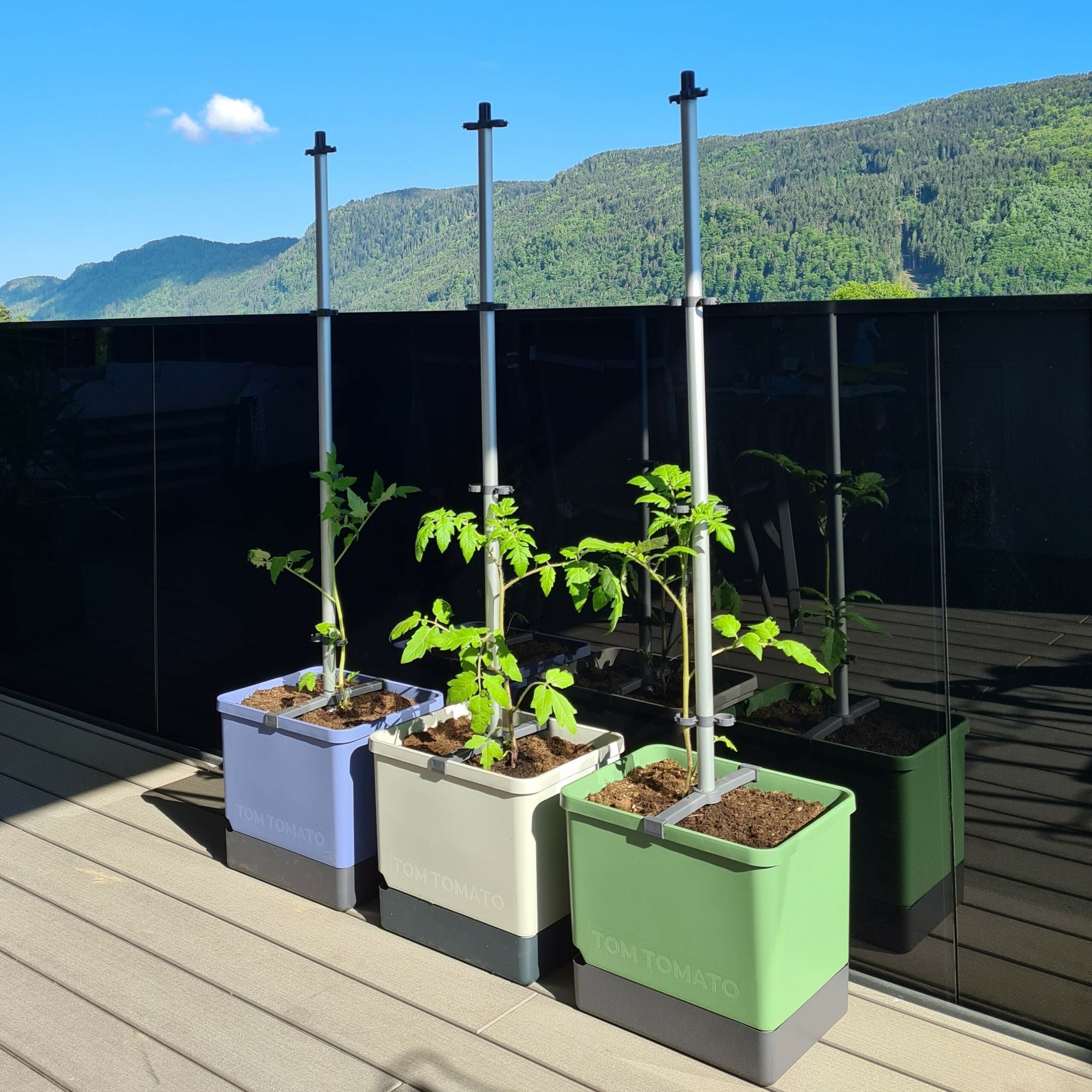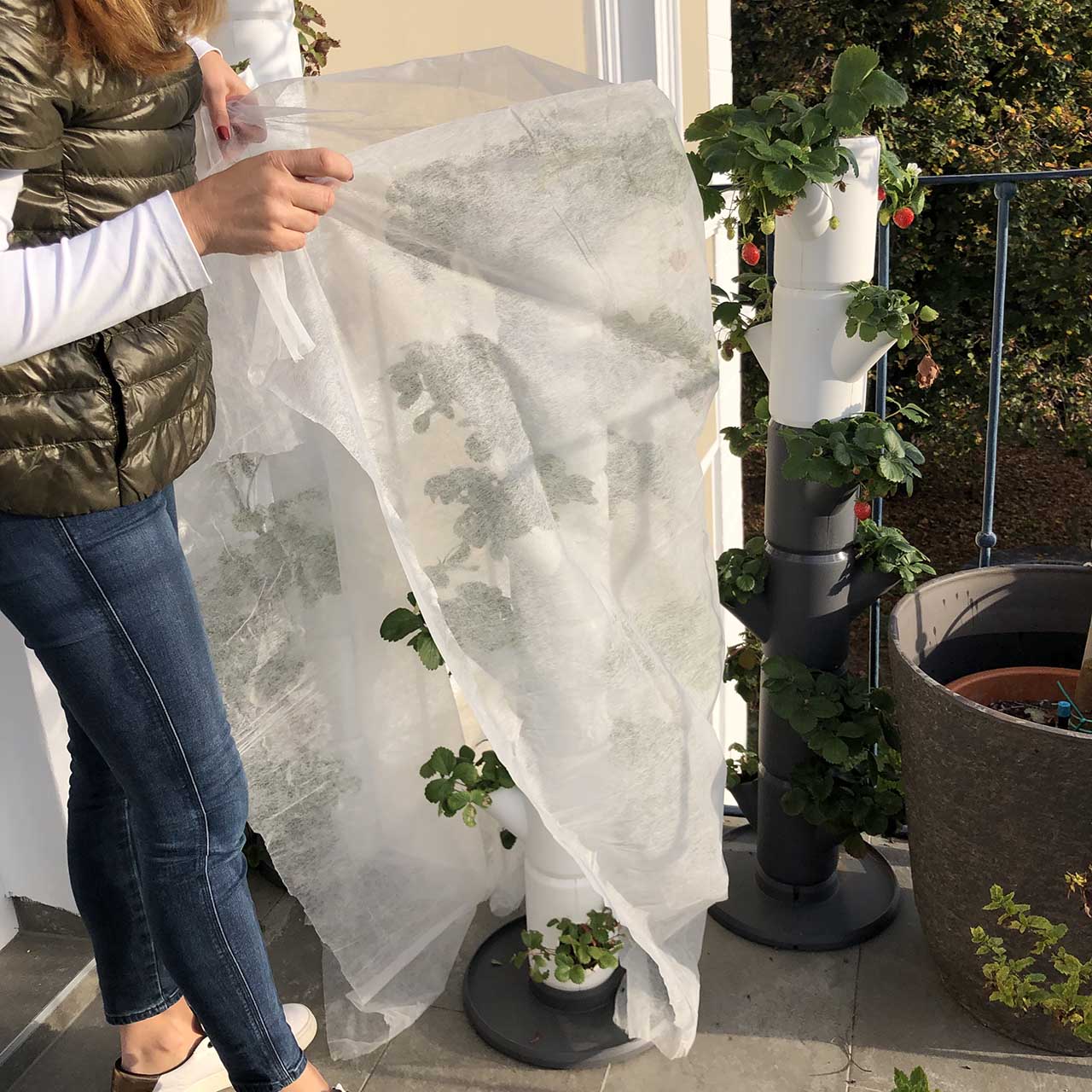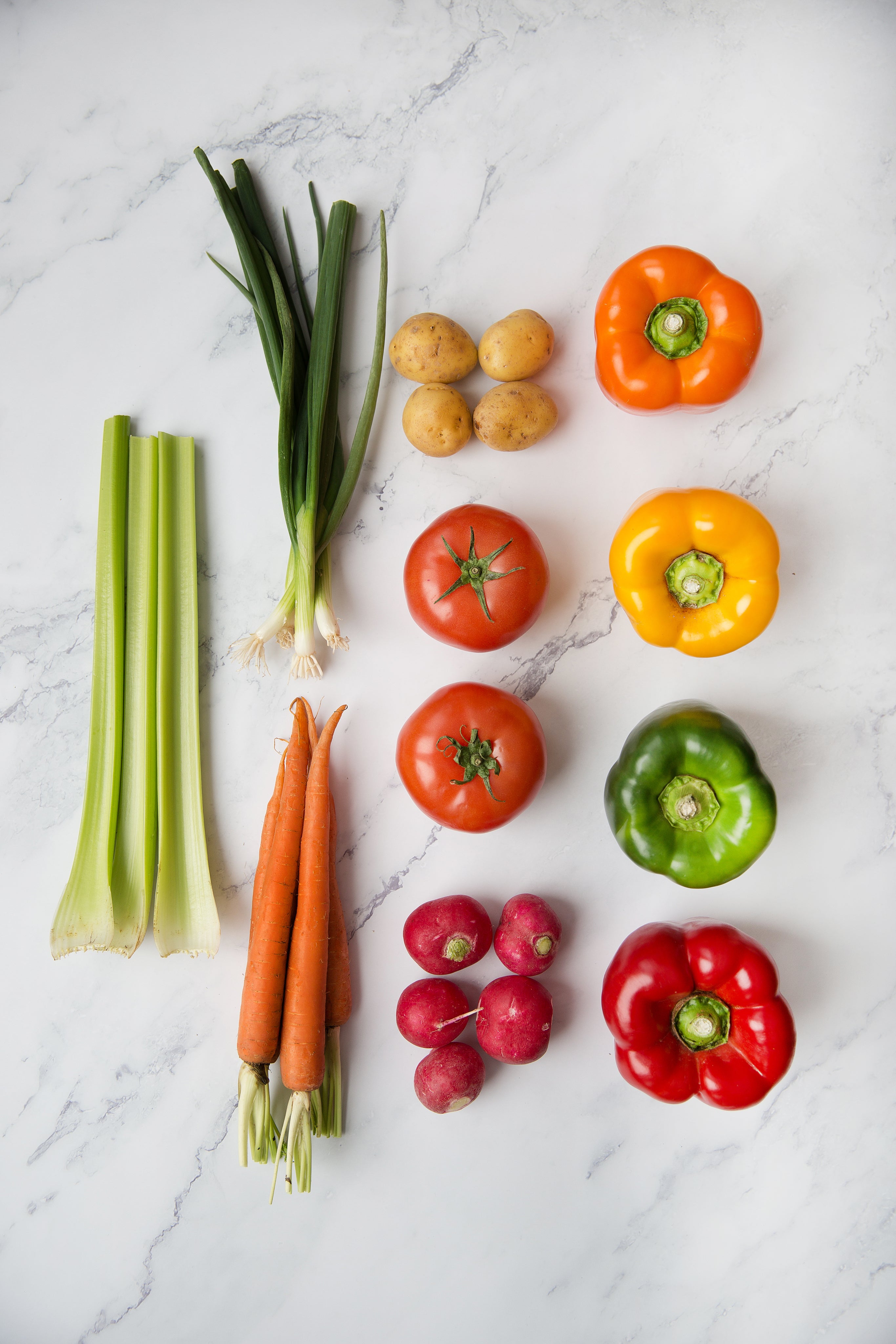
You learn from mistakes. If you learn from other people's mistakes, it's even better. Mishaps can quickly happen, especially when growing tomatoes, which can lead to losses in the harvest. To ensure that this doesn't happen to you, we have listed the 5 most common mistakes for you here.
Error 1: The wrong location
Tomatoes love warmth and sunshine: the plant should be exposed to the sun for six to seven hours a day so that it bears lots of fruit. So sun is good, but not necessarily all day - a partially shaded place is perfect. However, if you place the sprouts in a shady place, this will have a negative impact on their growth. In addition, they have a lot of leaves, but produce little to no fruit.
You should also pay attention to the right soil: If the soil is too heavy, it will not allow water to drain and will form waterlogging. The tomato cannot tolerate this at all and diseases can occur.
Thanks to the integrated water tank, this problem solves itself with TOM TOMATO !
Mistake 2: Implementing it too early
The early bird catches the worm? Not with tomatoes. Even if your seedlings look strong and healthy, you should never plant tomatoes outside before the outside temperature and therefore the soil has reached a temperature of at least 15 °C. Otherwise, the small plants will die quickly and there is a risk of crop failure. It is best to wait until the Ice Saints (May 15th) so that the plants are not surprised by late frost.
To be on the safe side, you can also get your offspring used to the new environmental influences before moving them. To do this, simply place them outside in a semi-shady, protected place for an hour at a time (as the length increases). You should initially avoid direct sunlight, otherwise you risk burns on the leaves of the delicate plants.
Mistake 3: More is more?
Some people believe that you need as many plants as possible so that the final harvest is high. The opposite is often the case: if the plants are planted too densely, their growth is stunted and they bear less fruit. To make matters worse, the close stocking density makes the plants more susceptible to a variety of diseases, such as tomato late blight. In a bed the tomatoes should be at least 60 cm apart; in a greenhouse it can be a little narrower, but here too the distance should not be less than 50 cm. The soil volume and the size of the TOM TOMATO water tank are precisely tailored to a tomato plant.
Mistake 4: Too much of a good thing
Of course, tomatoes need fertilizer so that they produce lots of fruit. Then a little more can't do any harm? Wrong: Although tomatoes are heavy feeders, fertilizing the crop too much can be fatal. Especially when the seedlings are still very small! Too much nitrogen means that the plant has to put more energy into leaf growth - but the fruits fall by the wayside. They suddenly ripen much more slowly and have less flavor. To ensure that the tomatoes are neither under- nor over-supplied, it is best to use our organic sheep's wool fertilizer . Mix this slow-release fertilizer into the soil when your seedling has already reached a height of approx. 30 cm when planted. If your seedling is still significantly smaller at this point, nutrient-rich soil is completely sufficient. Give it some time to grow. After that, you can add organic liquid fertilizer to the water about every 2 weeks and use it to water the soil around your plant. We recommend emptying the water tank after fertilizing and filling it with fresh water.
Mistake 5: Avoid showering
There's a lot that can go wrong when watering tomatoes. They are very demanding: it must not be too dry, but never too wet either. Under no circumstances should you simply water the plants from above so that the leaves get wet! The risk of fungal disease increases dramatically. Likewise, the plant can experience burns if the midday sun falls on the damp leaves. To avoid this, always water the plant below, directly above the soil.
With TOM TOMATO, watering is also child's play: you only have to fill the water tank every few days. This means that the plant is always evenly supplied with sufficient water from below via the integrated irrigation bands.
